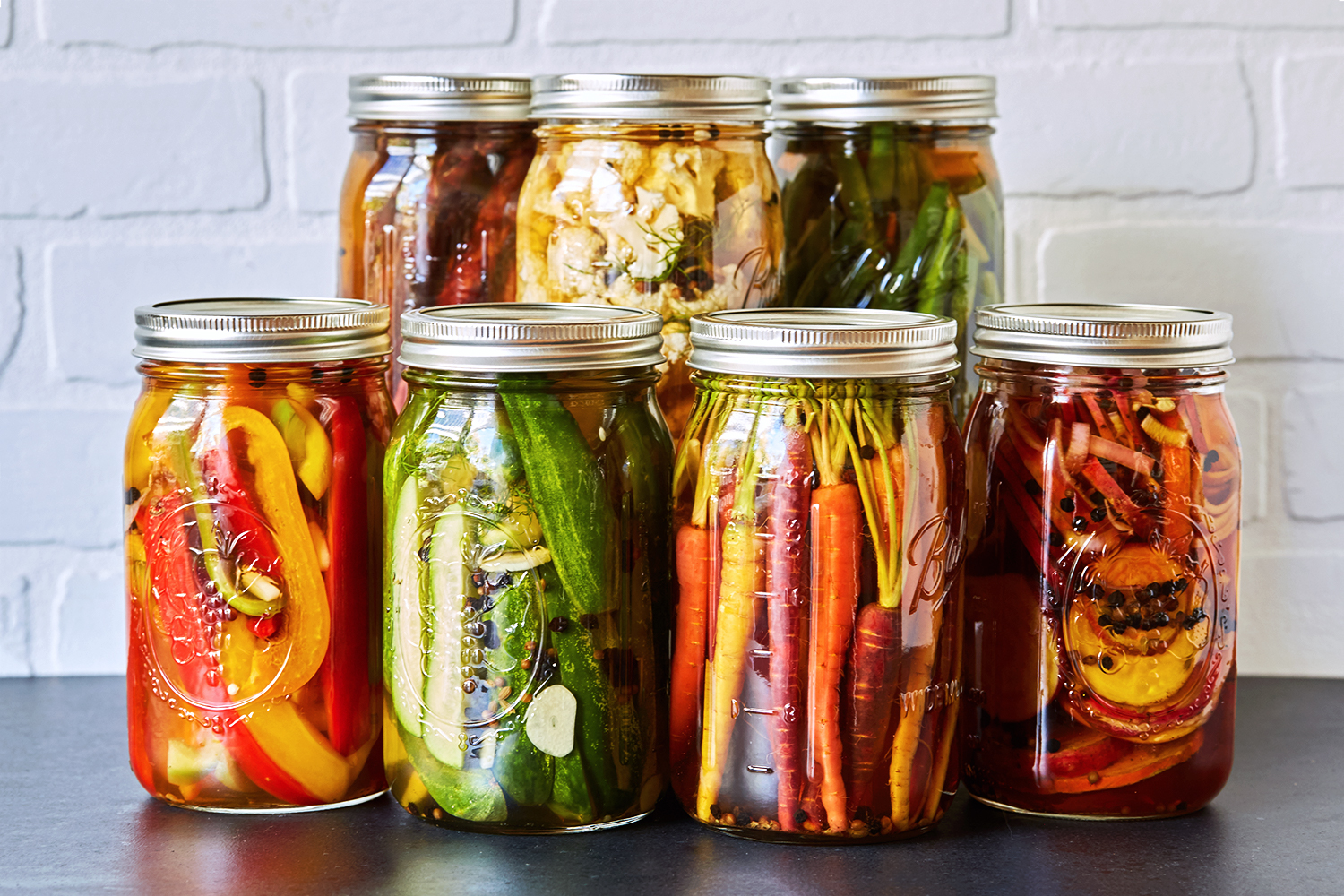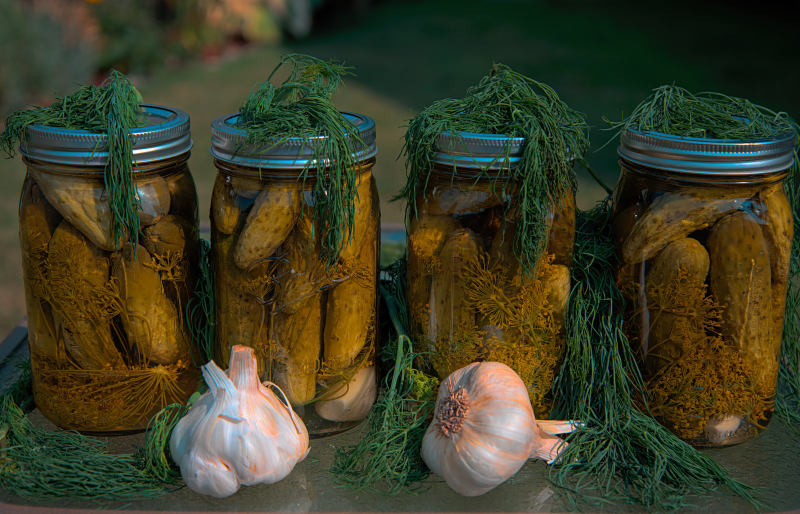
Preserved Heritage: The Role of Pickles in Russian Cuisine
In the vast, often harsh climate of Russia, preserving food for long winters has always been essential. Among the many preservation techniques developed over centuries, pickling has stood out as both a practical and deeply cultural practice. Russian pickles—or solenya (соленья)—are more than just condiments. They are traditions passed down through generations, present at every table from peasant homes to aristocratic feasts.
A Necessity Born of Nature
The long Russian winters, during which fresh produce was scarce or nonexistent, necessitated preserving the summer harvest. Pickling became a vital method to ensure access to vegetables during the cold months. Using natural fermentation or brining with vinegar, salt, and spices, Russians pickled everything from cucumbers and cabbage to mushrooms, garlic, apples, and even watermelon rinds.
This practice was not only economical but also nutritious. Fermented pickles are rich in probiotics, aiding digestion and boosting immunity—key advantages in the cold, flu-prone seasons.
Iconic Russian Pickles
-
Solenye Ogurtsy (Salted Cucumbers):
Probably the most iconic Russian pickle, these are traditionally fermented in a barrel or jar with garlic, dill, horseradish, and blackcurrant leaves. They're not sweet like many Western pickles, but sharply sour and garlicky. -
Kvashenaya Kapusta (Fermented Cabbage):
Russia's version of sauerkraut, often enriched with cranberries, carrots, or cumin. It is eaten as a side dish, salad base, or even cooked into soups like shchi. -
Pickled Tomatoes:
Whole tomatoes pickled in brine with garlic, herbs, and spices—a common addition to cold platters or eaten alongside vodka. -
Assorted Barrel Pickles:
In many Russian markets, you’ll find wooden barrels filled with an assortment of pickled mushrooms, apples, garlic, and even green pine cones, each offering a unique flavor.
More Than Just Food
Pickles in Russia are not merely sides—they are part of rituals. At a traditional Russian feast (zastolye), a cold spread of pickles is often the first course. They’re also the classic companion to a shot of vodka. The sharp, salty bite of a pickle helps balance the burn of alcohol, making them a beloved snack at social gatherings.
In rural areas, pickling is a family event. Every fall, kitchens fill with the scent of brine as grandparents teach children how to layer cucumbers or cabbage just right. Homemade pickles often carry a special family recipe, symbolizing love and tradition.
Pickles in Modern Russia
Today, pickles remain a vital part of Russian cuisine, although methods and flavors have evolved. Supermarkets carry mass-produced versions, but many still prefer homemade or market-sourced pickles for their authentic taste. Health-conscious younger generations are also rediscovering the benefits of naturally fermented foods, breathing new life into these ancient practices.
Restaurants, both traditional and modern, often feature pickled assortments as starters or pairings with local dishes. Chefs are experimenting with fusion pickles, incorporating global spices into classic Russian techniques.
Conclusion
Russian pickles are more than a means of food preservation—they are a cultural legacy. From rustic cellars to fine dining tables, they continue to hold their place in Russian hearts and kitchens. In every bite of crisp cucumber or tangy cabbage lies a story of resilience, resourcefulness, and reverence for the seasons.

You must be logged in to post a comment.